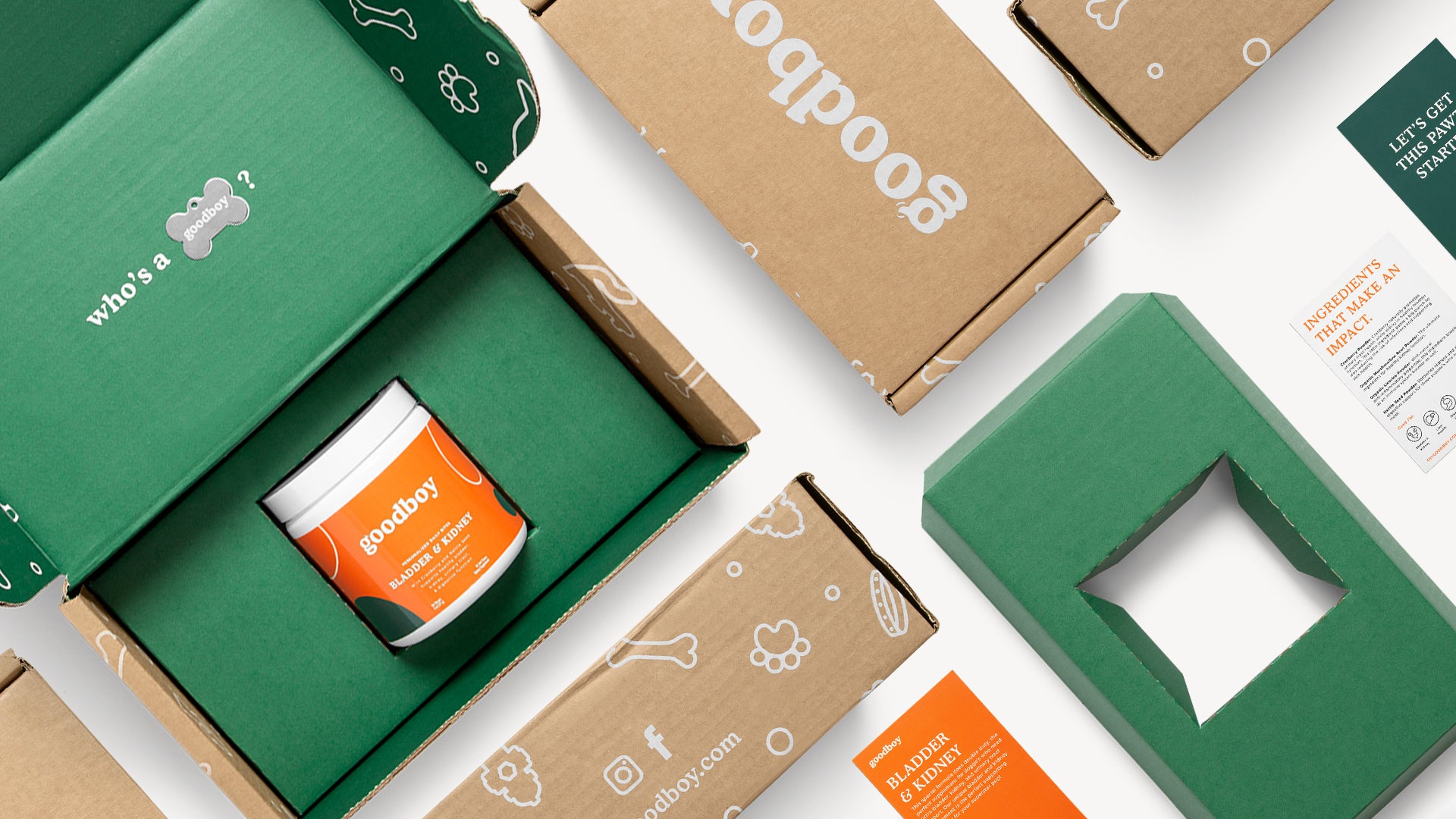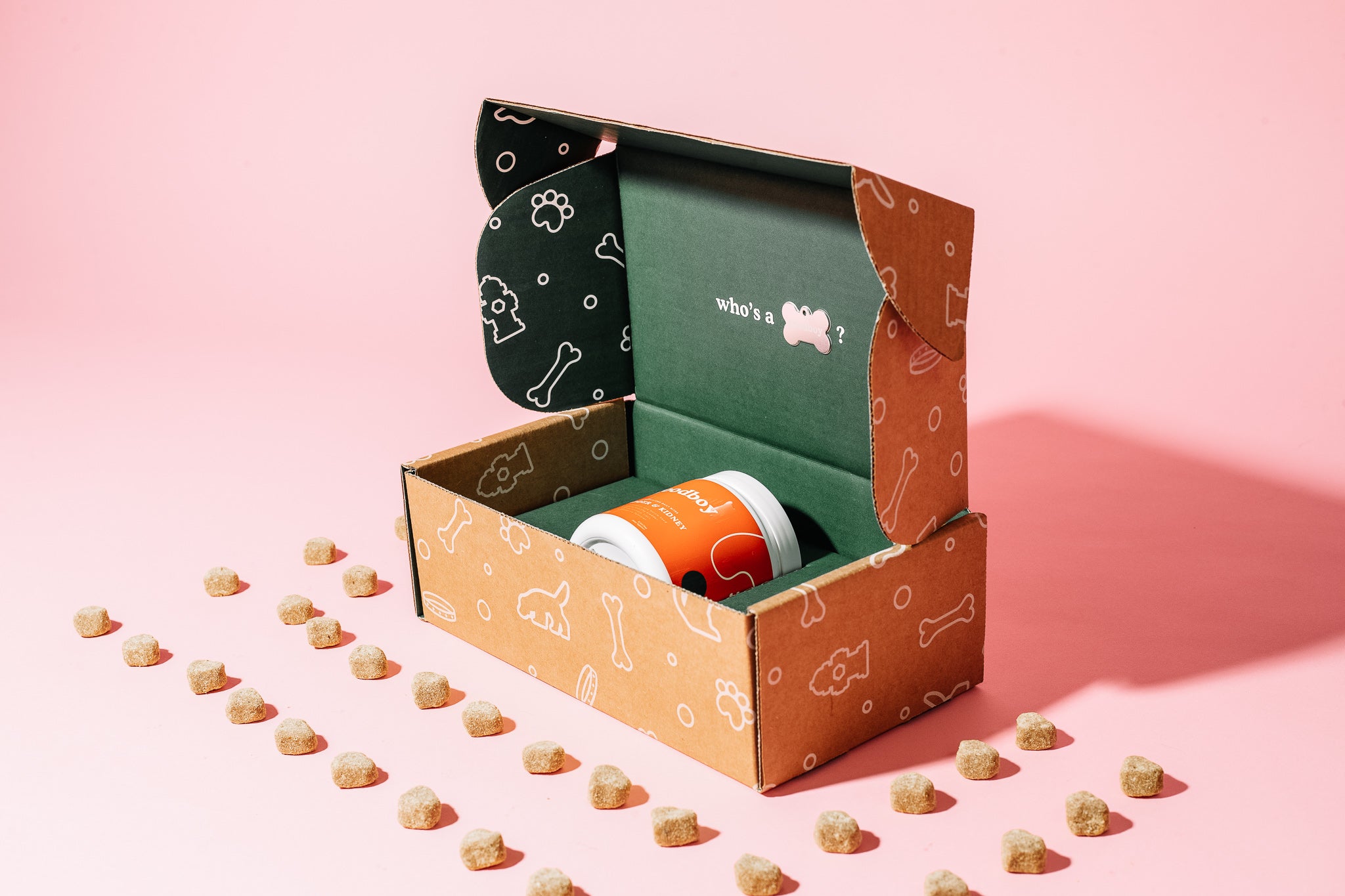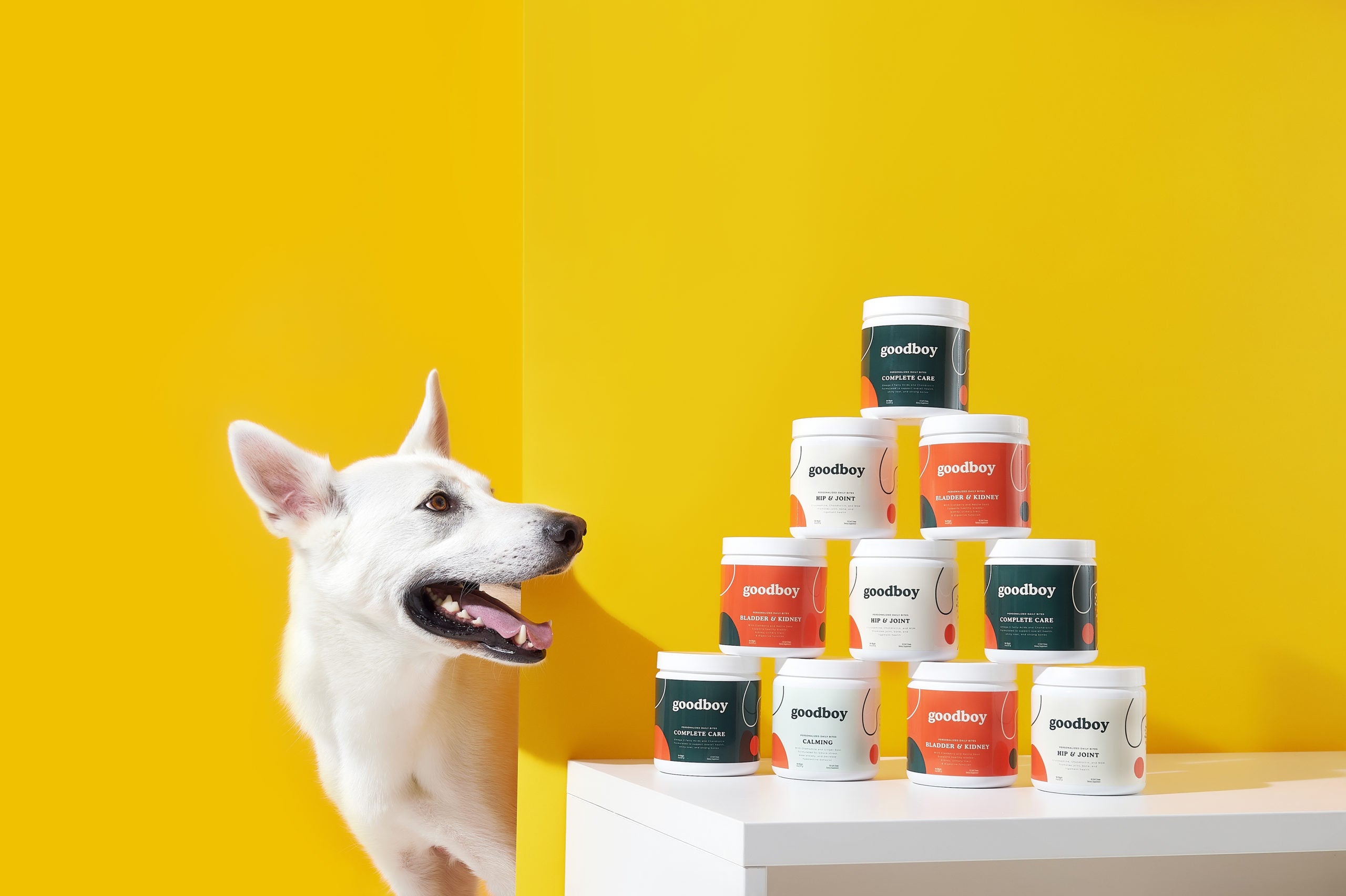How to Build Brand Recall in a Clickless World
Brand awareness is dwindling in organic search. Here's your strategy for building brand equity and recall by leveraging brand awareness. Learn more here.
Read More
Read enough brand profiles and a couple of things become very obvious: profile writers all use the same thesaurus, everyone forgets that the primary activity of meteorites is falling down (making “meteoric growth” a strange way to describe something not actively crashing and burning), and startup success is easy, instantaneous, and directly controlled by an all-powerful founder who’s cofounders are really just along for the ride. After a while, the profiles all run together into a single uniform continuity of big wins.
There are a lot of reasons for why all of these profiles run together and follow similar narratives. Partly it’s because of the narratives presented by the subject being written about. Every startup founder with a PR team has framed and reframed their “origin story” until it paints them in the best light possible, making success obvious and inevitable despite some harrowing (and dramatic) near misses.
Partly it’s because this is what everyone assumes people want to read about — a kind of Ouroboros of logic wherein readers only want to read stories of instant success, so those are the only stories written, so readers only read stories of instant success. And partly it’s because writers rely on the muscle memory of tropes and templates to make the process of writing faster, easier, and more likely to score a big win of their own with readers.

The story of direct-to-consumer (D2C) pet supplement company Goodboy can easily fit into this plug and play narrative. It’s got all the hallmarks of a by the book startup tale: the brilliant cofounders with a personal story, the trendy product that fits into an easily-identifiable category that can be shoehorned into the form of “the (currently hip startup) of (something completely unrelated),“ the big win that seems bigger when devoid of context.
But that kind of a reductionist approach takes a lot away from what brands and their founders accomplish, and frankly isn’t very interesting to read or write about. Instead, Goodboy can serve as a brilliant counterpoint to the tropes, cliches, and memes that make up so much of startup coverage.
Goodboy was started in 2019 by Kari Sapp and Stefan Lewinger, childhood friends and colleagues from Lewinger’s last startup, a subscription sock service. Sapp was inspired to start the brand after her dog, a four-year-old Lab named Finley, was diagnosed with cancer. Shocked into action, Sapp mobilized her resources to find ways she could support her beloved pup in any way possible. Existing supplements for pets left a lot to be desired, so the only solution was to roll up her sleeves and build something monumental.
Goodboy's founders, Kari Sapp and Stefan Lewinger
That’s the traditional narrative of personal founder stories. Founder faces a moving personal dilemma, drops everything, and dives headfirst into action. It’s an inspirational narrative, one that often mirrors the heroic origin stories of our favorite comic book and action movie stars (“Peter Parker, upon being bitten by a radioactive spider and seeing the murder of his uncle, saw an opportunity. A month later, he donned a mask and began fighting crime as the amazing Spiderman had secured funding from Sequoia Capital and The Founders Fund to launch SpiderCo, an innovative way to monitor the health and wellbeing of elderly relatives”).
These narratives make for a fun read, but they undervalue the years of experience and accumulated knowledge most founders bring to their startups. This lack of context leaves some potential founders in a situation where it seems like inspiration is all it takes the average reader, beset by the realities of juggling friends, families, careers, and general life stuff, is left to marvel at the ability of founders to find an extra hour or 10 in a day to come up with a way to solve their problem. Without understanding the long road towards founderdom, an average reader might have difficulty understanding how someone goes from sick pupper to startup, rather than to the more “normal” solution of just going to a store and buying something
Sapp and Lewinger weren’t just any two random people: Sapp was an experienced and trained communicator with years of work in PR and marketing under her belt, while Lewinger had already successfully started and run a D2C startup.
The founders of Goodboy had spent a lot of time thinking and talking about applying the skills they learned towards a new venture. When Sapp’s good girl, Finley, was diagnosed, she had been preparing to seize an opportunity for a long time. In fact, Sapp and Lewinger were actively looking for a company to start, much like many other founders that are inspired by a personal story. But without knowing that, some prospective founders are caught in a paralysis of waiting for the perfect “Eureka Moment” where they just know instinctively that this is the right time to drop everything and dive into building a brand.
Sapp is very careful to point out that it wasn’t anything like that. It wasn’t a single life-changing moment that convinced her that going into business was the right move. She knew she wanted to be an entrepreneur and was looking for an opportunity. The personal story just helped push her into action, something that she had personal experience with.
Goodboy provides supplements for pets. They focus on good components, with a strong bias towards Made in the USA ingredients, minimize grains, eschew fillers, and even offer meat-free products for pets with meat allergies. They also match pets with their ideal supplements using an innovative profile quiz that allows them to help pet owners find the best product for their pets’ needs and encourage customers to keep open lines of communication so they can constantly improve their products.

Traditional startup stories will feel a very strong urge to compare Goodboy to large, well-established startups — whatever the trend du jour happens to be, whether it’s Airbnb, Uber, Spotify, or Instagram. But that kind of oversimplification overlooks the fact that all startups are, by and large, mashups of familiar concepts. The medium changes occasionally, but there is nothing new under the sun when it comes to business. That’s not a bad thing.
Take Goodboy’s focus on transparency in ingredients and sourcing. That isn’t a new trend. In fact, it’s been written to death in trend pieces for years, often tied to millennials who may be killing Applebee’s, but at least they’re replacing it with something healthy and sustainable. Does it make Goodboy similar to other brands that have recognized where the market is heading? Sure. Does it make them the Honest Company for Dogs? No, not really. It means that consumer tastes are changing, nutrition is becoming a bigger deal, and younger consumers want to give their pets the same benefit that they themselves get.
The same is true for any of the elements in the Goodboy formula — it’s not Chewy for supplements, or Ritual for dogs, or Blue Apron for pet vitamins. It’s a complex company that takes advantage of several different trends that all come together at a single point.

Making an overly-simplified comparison to another more familiar name is useful for pitch decks when you have five minutes to get a room full of jaded people with a lot of money to sit up and pay attention, but it doesn’t really help readers understand how startup founders identified the trends that they hope to turn into a successful company.
That, ultimately, is the purported point of these profiles — to help other people figure out how to make their own success. Reducing the complexity of analyzing a marketplace to “just do what another company you read about does, but change it slightly” is why America currently has roughly 17,000 mattress-in-a-box companies that are differentiated solely by their brand colors. And it looks pretty silly when you contrast it to Sapp’s analysis of why her brand works — that a range of social and economic conditions have pushed millennials to hold off from having children until later in life, and that this has impacted the way those millennials form emotional connections with their pets in a way previous generations didn’t.
Stepping away from the desire to oversimplify is tough, and sometimes opens the conversation to places where many people might not want to go. But for anyone getting ready to bet their life savings on a new venture, that kind of complex and difficult analysis is crucial to getting things right, and it’s important that brand profiles help readers understand the kind of deep thinking that needs to go into any business plan.
Goodboy isn’t a household name yet. Having launched just a few months ago, it’s still very much a baby brand. That hasn’t stopped them from securing a place on the shelves of Nordstrom, though — a position that established brands often spend years pursuing.
These kinds of huge accomplishments are the bread and butter of brand profiles. Startup X launched out of private beta with over a million users! Startup Y raised $200 million with their killer deck. Ostensibly, there is always some kind of lesson to be learned, but somehow that lesson can be easily boiled down to one or two very simple things that are generic enough to apply to just about every startup ever launched. And just as often, that success happens overnight, and through the brilliant strategic thinking of the founder and cofounders.
Real life is a lot messier. Instagram took years to get to where it is today, and for the first few years of its life, it was in heavy competition with other similar apps. Facebook ran for years in edu-only semi-stealth mode before becoming the juggernaut it is today. Uber was operating in select cities and refining its services for years before becoming ubiquitous.
Startups don’t transform overnight, and it’s rare that you can point to one specific thing that made them go from a couple of engineers in a garage to global superpower. Trying to do so undercuts a lot of the hard work that founders go through to get to where they are — it reduces the grind into a single moment that makes it look easy, at the expense of not providing any real insight at all.
Take Goodboy and Nordstrom — Sapp isn’t sure how they got on the retailer’s radar. It may have been a social ad that stuck with a buyer. Or it may have been a buyer who ended up being a customer. Or maybe it was a recommendation from a neighbor. But it wasn’t out of the blue and overnight. It took over a year of careful planning, testing, refining, and improving their product and service before they got to the point where they were approached. And even before that, it took years of experience producing D2C products to gain the skills and knowledge to get to the point where success could have happened.
Sapp herself regularly talks about the intense pressure and damage that these “overnight success” narratives can have on founders. She talks regularly about how these narratives can overwhelm young founders with unrealistic expectations. One of the big things Goodboy’s founders decided on early was to ignore the constant drumbeat of 0 to 100 in no time and instead chose to focus on their internal growth plans. Because what these profiles don’t tell prospective founders is that growth is hard. Growth takes time, and perseverance, and long hours, and full commitment, and oftentimes a great big heaping handful of luck.
Writing a brand profile is complicated and messy, just like running a startup. There’s a myriad of stakeholders, each with their own agenda. It’s easy to misread signs, especially if you’re coming in from the outside. In putting together this Unrolling piece on Goodboy, we spoke to Sapp, looked at market data from public and internal sources, researched competitors, read other profiles and interviews, chased down connections, and dug through their website and social media, but it’s impossible to say we got it right. After speaking to countless founders from hundreds of startups, one can easily walk away with the impression that even they aren’t entirely sure what the secret ingredient was.
So what’s the secret to Goodboy’s success? A lot of hard work learning the ins and outs of running a successful D2C brand. The ability to use that experience to synthesize a lot of trends that are happening in the market simultaneously and build something new and whole out of it. A healthy dose of luck, and the business acumen to jump on a lucky break when it happens. Plus, those very same trends themselves that allow a company like Goodboy to exist now and not five years ago.
Unrolling will be back to a more standard template next time, but it’s important to remember that it’s difficult to sum up a company and its achievements in just a couple thousand words. At best, these profiles are snapshots from a hundred feet up — drone footage of a city that makes the streets look a lot more orderly and simple than they feel like on the ground. It’s a useful perspective, but it’s not the only one, and finding that deeper story is important for prospective startup founders and established CEOs looking to grow.
Last updated on November 9th, 2023.
